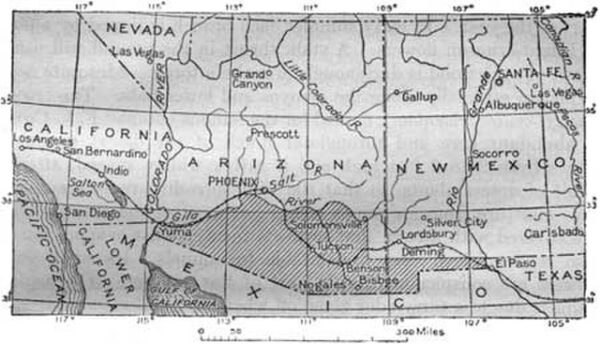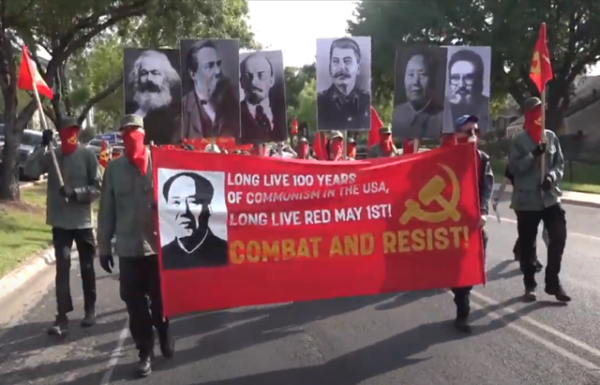The Gadsden Purchase, also known as the Treaty of La Mesilla, was a significant event in the mid-19th century that involved the acquisition of a portion of present-day Arizona and New Mexico by the United States from Mexico. The purchase was named after James Gadsden, the American diplomat who negotiated the treaty with the Mexican government. The agreement was signed on December 30, 1853, and ratified by the United States Senate in April 1854.
Named after James Gadsden, the U.S. ambassador to Mexico who negotiated the deal., the United States paid Mexico $10 million for a 29,670-square-mile region.
The main purpose of the deal involved the building of a southern transcontinental railroad. The terrain in the Gadsden Purchase area was much easier for trains to travel through than the mountainous regions to the north. With the new land, the U.S. could create a railroad route with better weather conditions, helping to connect the east and west coasts and boost trade and travel.
The Gadsden Purchase also helped settle border disputes between the U.S. and Mexico. After the Mexican-American War, the new border was not clearly defined in some areas, leading to tensions and conflicts. The purchase clarified these boundaries and helped prevent further disagreements.
The deal wasn’t without controversy, though. Some Americans didn’t think the government should spend so much money on more land, especially since the country had just acquired a large area from Mexico. Others were concerned about the expansion of slavery. The new territories were below the line established by the Missouri Compromise, which meant they could potentially become slave states, further fueling the debate that would lead to the Civil War.
The Gadsden Purchase left an indelible mark on the nation’s geography and infrastructure. The acquired territory proved indispensable for the subsequent construction of the Southern Pacific Railroad, a pivotal transportation artery that seamlessly connected the East and West Coasts.






